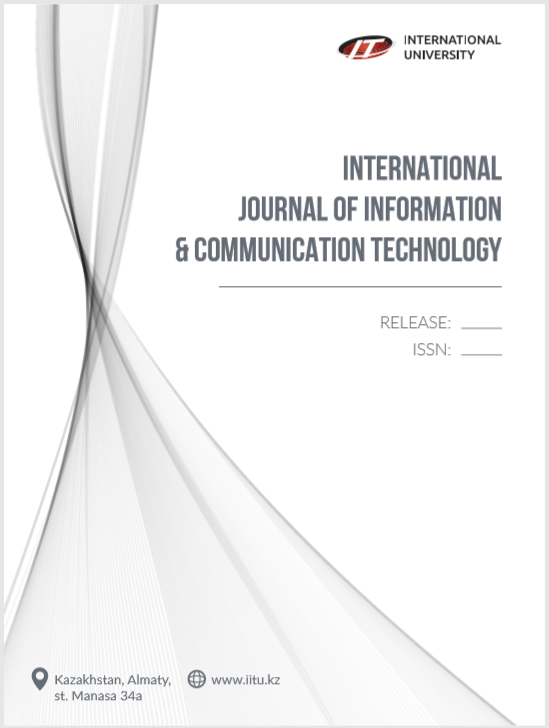ANALYSIS OF METHODS FOR FORECASTING FOOD CONSUMPTION
DOI:
https://doi.org/10.54309/IJICT.2023.16.4.005Keywords:
market, forecasting model, demand, statistics, data analysisAbstract
With the advancement of technology and changing consumer behavior, electronic commerce has become a key element of modern trade. Demand forecasting has become an integral part of strategic planning for businesses, providing suppliers with the ability to adapt to changes in consumer behavior, optimize inventory, and enhance customer service levels. In the context of Kazakhstan, a rapidly developing e-commerce market and swiftly changing consumer preferences make the effective demand management for food products more critical than ever. Predicting what consumers will demand in the future has become a key factor for success in this industry. Scientific research in the field of consumer demand forecasting plays a crucial role in optimizing resource management and providing quality services in the food market. This article analyzes various methods of forecasting the consumption of food products for Kazakhstan. The research is based on extensive data on purchasing behavior, pricing, seasonal fluctuations, and other factors influencing food product choices. Time series methods, regression analysis, neural networks, and decision trees are examined in detail, exploring their applicability and effectiveness for our country. Each method undergoes a comparative analysis in terms of forecast accuracy, adaptability to changing market conditions, and training time.
Downloads
Downloads
Published
How to Cite
Issue
Section
License
Copyright (c) 2023 INTERNATIONAL JOURNAL OF INFORMATION AND COMMUNICATION TECHNOLOGIES

This work is licensed under a Creative Commons Attribution-NonCommercial-NoDerivatives 4.0 International License.
https://creativecommons.org/licenses/by-nc-nd/3.0/deed.en


